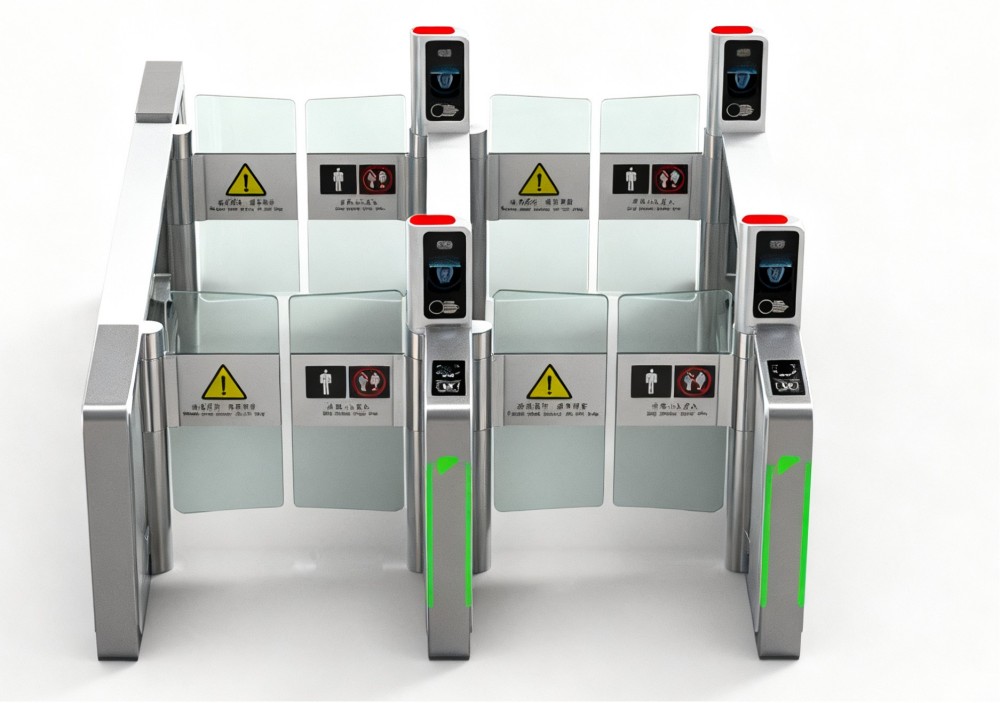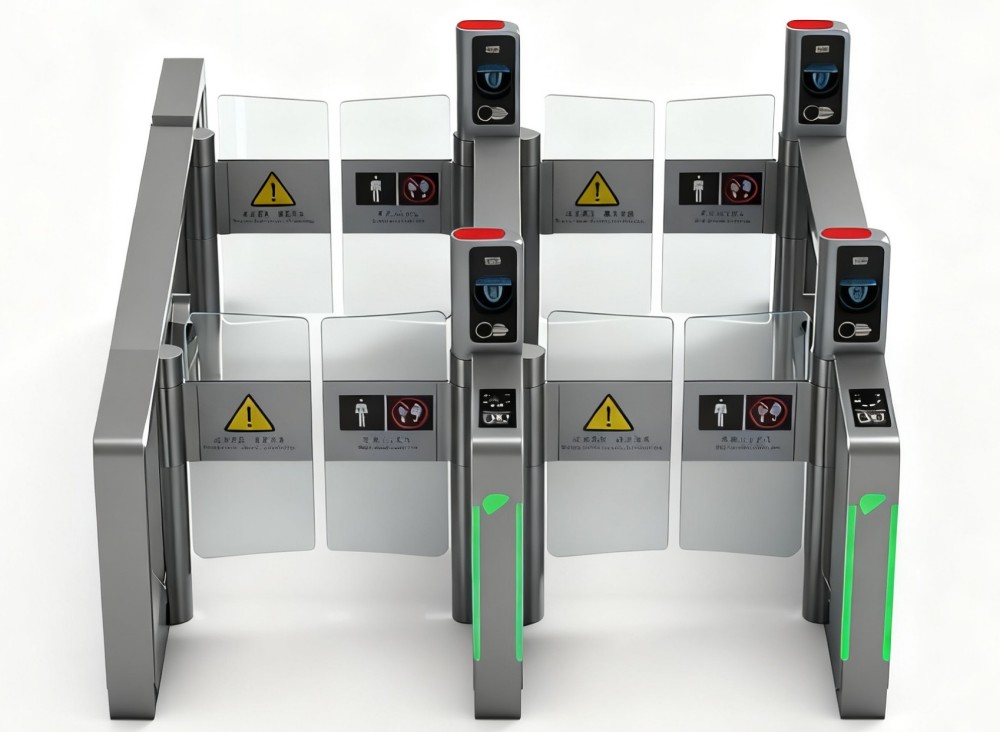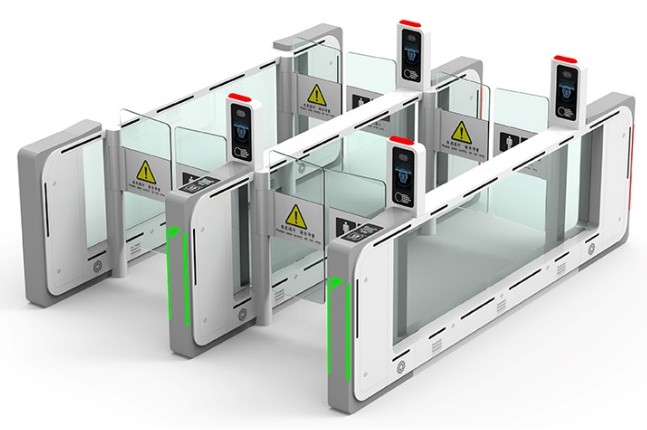What are the Characteristics of Airport "Double-gate" Turnstiles?
2025-11-11
In modern airports, turnstile gates are an indispensable facility for passenger flow. Attentive passengers will have noticed that turnstile gates typically have a double-door design, and that the two doors differ significantly in shape, function, and even material. Behind this seemingly simple design lies a multidimensional scientific consideration of air safety, passenger flow management, and technological compatibility.

1.Security Control: Creation of a multi-layered defense system.
The double-door turnstile gate design is based on establishing a double security barrier of "physical isolation + intelligent verification." The first (outer) door typically uses a lightweight reader or optical sensor, whose main function is identity verification and authorization confirmation. When a passenger scans their boarding pass or biometric data, the system performs the data comparison in a matter of seconds. At this point, the outer door only acts as an information interface and has no capacity for forced entry. The second (inner) door has a high-strength mechanical structure and is equipped with an electromagnetic locking system, functioning as a physical security terminal. When an anomaly is detected (such as invalid documents, excess baggage, or unauthorized access), the inner door immediately activates its locking mechanism, with a maximum load capacity exceeding 500 kg. This layered prevention and control mechanism avoids the risk of isolated failures and provides an effective physical barrier in case of emergency. Statistics show that the double-door turnstile gates design can increase the success rate in intercepting unauthorized entries to 99.7%, a 42% improvement compared to a single-door turnstile gate system.
2.Functional division: accurately matching scenario requirements
The functional difference between the two doors of the double-door turnstile gate stems from their different operational tasks.
The outer door area typically integrates a multi-dimensional sensing system:
Top camera for 3D facial recognition
Infrared array for luggage size monitoring
Pressure sensors for counting the number of people passing through
RFID reader for verifying electronic tags
Inner doors focus on behavior control and physical isolation, and common configurations include:
Electromagnetic adsorption system ensures forced interlocking.
Emergency unlocking device meets fire safety requirements.
3.Technical Principles: Engineering Implementation of Differentiated Solutions
The technical architecture of the double-door turnstile gate system follows a modular design principle of "early warning - central response." The outer door system uses distributed processing units to process sensor data in real time via edge computing, with a controlled response latency of within 200 ms. The inner door connects to the central security system, executing instructions from the airport's operational database and initiating a circuit breaker mechanism when necessary.


4.User Experience: Balancing Smoothness and Security
The double-door turnstile gate design significantly improves the transit experience thanks to its spatial division:
Advance Orientation Zone (1 meter in front of the outer door): LED screens provide advance information on required documentation.
Interaction Zone (outer door area): Identity verification and self-service baggage claim are performed here.
Transition Zone (between the two doors): A safe distance of 0.8 to 1.2 meters is maintained to address any issues.
Confirmation Zone (inner door area): A secondary security check is performed before final authorization.
These innovations adhere to the underlying logic of double-door turnstile gate design: achieving layered risk management through functional differentiation while leveraging technology to improve passenger flow. In today's context of increasingly stringent air security standards, differentiated double-door turnstile gate design has become standard practice in smart airport construction. This design embodies both a prevention-oriented security mindset and a people-centric service philosophy. With the development of technologies such as biometrics, the Internet of Things, and digital twins, future boarding gates will feature more refined functional divisions, but the fundamental principle of ensuring a balance between security and efficiency will remain constant. Understanding these design details helps passengers complete the process more smoothly and also allows us to better understand the accuracy of modern air security systems.




